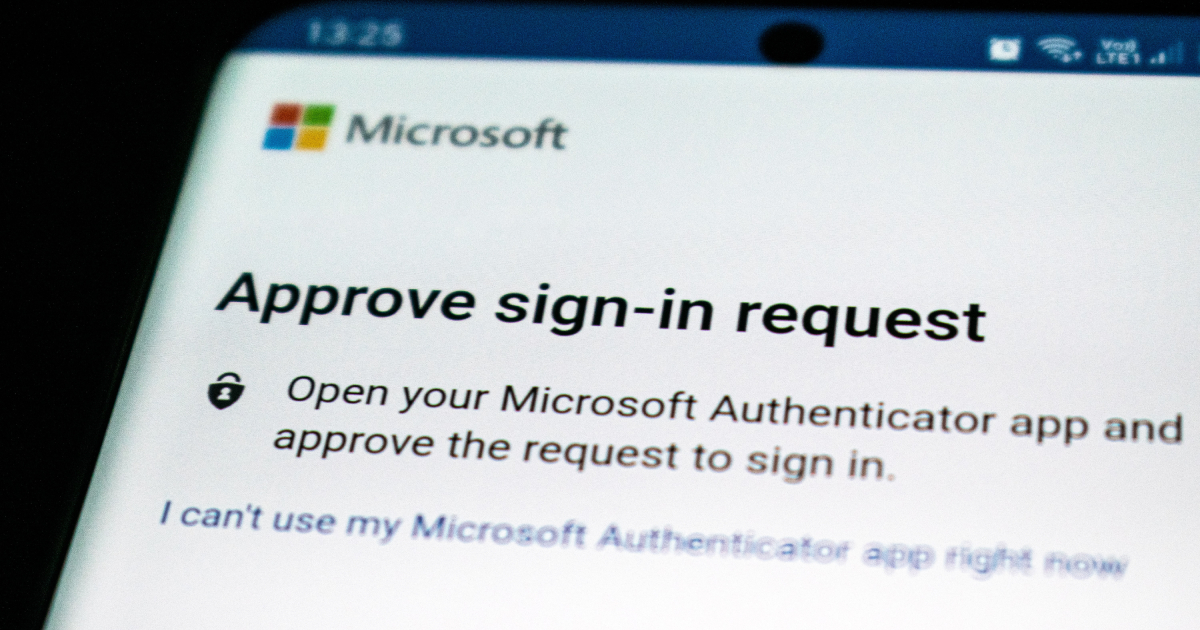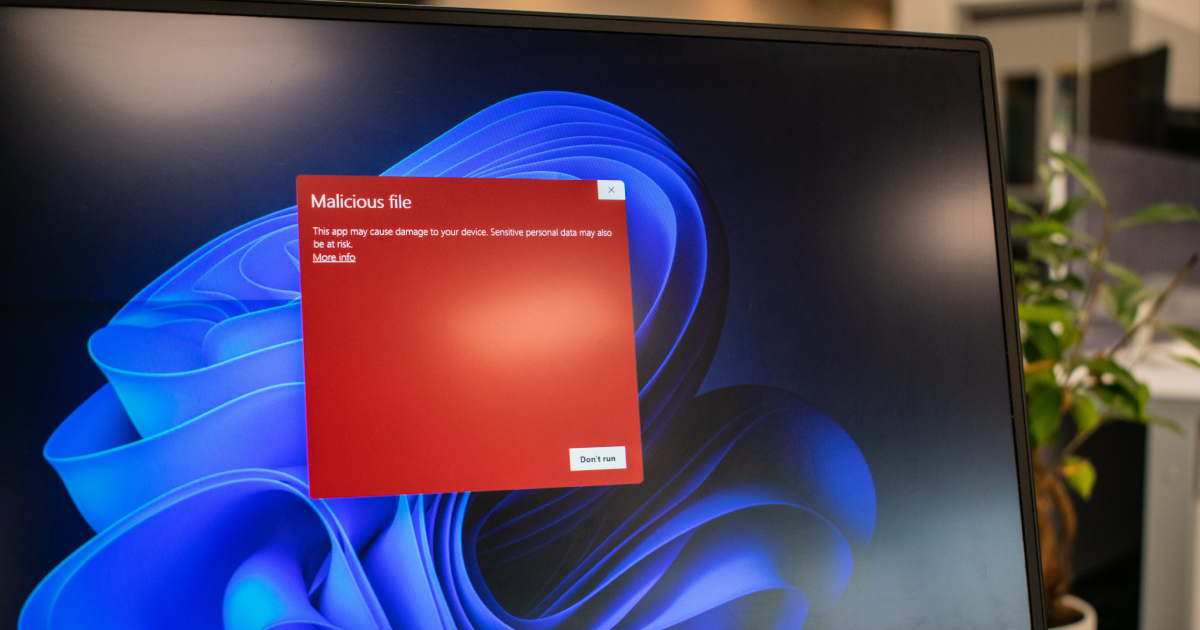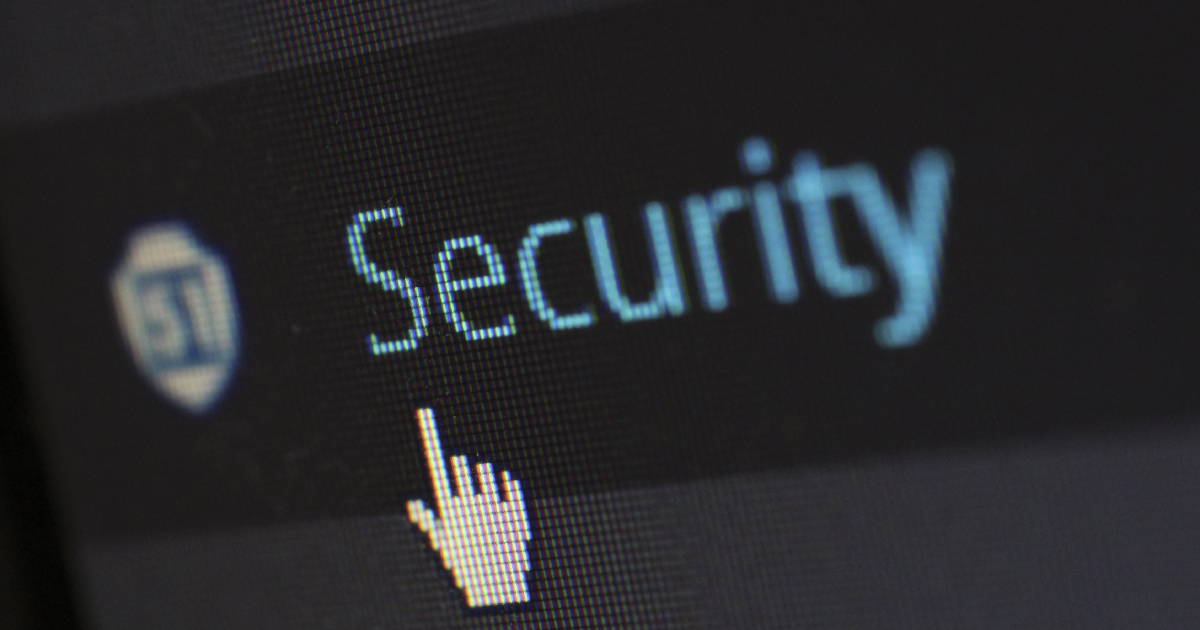Cybersecurity concerns have grown since the emergence of the pandemic and rapid digitalization. Companies are increasingly finding themselves vulnerable to cybercriminals who attempt to infiltrate and steal their sensitive data.
Small-sized businesses cannot tolerate the financial problems arising from data breaches. For instance, a survey shows that a breach costs an average business over $4 million globally. Hackers in 2022 have become more sophisticated, so organizations must enhance their cybersecurity measures too.
This article explains how companies can prevent their information from getting stolen or deleted by any cybercriminal. Consider the following prevention measures and keep your business safe from theft:
1. Document your policies

Start enhancing your company’s digital security by documenting all relevant policies. These written policies can guide your employees through their tenure in the office. Normally, security methods in a company remain unwritten.
But documenting these protocols can make it easier for employees to memorize the do’s and don’ts of cybersecurity. Check out FCC’s Cyberplanner 2.0 to create a better version for your company. Ensure all workers have read this planner for better comprehension.
2. Educate all workers
Educate your employees about cybersecurity best practices because well-trained workers are better at keeping themselves hack-proof online. Consider enrolling them in a cybersecurity bootcamp and giving them a chance to learn all about offensive as well as defensive digital security.
An effective manager can’t hold employees accountable unless employees have been trained by the company to counter cyber threats. So, make your workforce accountable by tutoring them properly.
3. Enable two-factor authentication

We know that passwords aren’t enough, so your accounts should be protected by 2FA. Don’t assume that nobody can guess the answer to your security question or your mother’s maiden name. Make your accounts securer by locking them with multiple validation factors.
Commonly, people ask for a code to be sent to their phones whenever their account is accessed from a new device. So, this strategy doesn’t just guard your data but also informs you when there’s a data breach attempt.
4. Use a firewall
What protects your networks from cybercriminals initially? It’s the firewall! As the name indicates, it serves as a barrier between your company’s sensitive information and digital marauders. And having just one firewall isn’t enough; you should have external and internal firewalls to make your systems even more protected.
Remote workers should also install these firewalls to make their workstations secure. Don’t underestimate the dedication of cybercriminals to breach your security measures.
5. Get an antivirus

Even well-trained workers can sometimes be careless. So, getting antivirus software programs for an office seems like an elegant security practice. Consider several antivirus options online, and then you may choose the best one out there. Purchase this software; don’t just download it from a website.
A free-to-download antivirus is often missing certain features every workplace needs badly. If you are downloading it for free, you’re effectively making your organization NSFW (not safe for work) for all workers.
6. Make regular backups
Statistics indicate that 90% of companies today are making data backups. However, just over 41% of them back up their data daily. Creating regular backups can prevent data loss while stopping hackers from getting leverage over you. Upload this data for storing on the cloud so you can access this information remotely whenever you desire.
Remember to purchase enough space on the cloud for storing your sensitive information. That’s how even natural disasters can’t harm your data.
7. Use encrypted Wi-Fi

Employers should inform workers how using public Wi-Fi isn’t healthy cybersecurity practice. You are just opening the doorways to your devices for anyone out there by connecting to unsecured Wi-Fi. So, employers should offer a hidden, secured, and encrypted internet connection in the workplace.
You mustn’t forget that securing your workforce’s internet connections can also ensure your data’s safety. As for remote employees, provide the resources for encrypting their home Wi-Fi.
8. Implement POLP immediately
Companies are implementing POLP (Principle of Least Privilege) to prevent their information from getting accessed by too many users. Giving all privileges to every employee increases the risk of data breaches.
The solution involves assigning the least privileges to recruits and increasing their privileges with time. Employees should only be given temporary access to sensitive information, and this access should be removed when not needed. That’s how you can secure your information. In practice, this principle is enforced by implementing a privileged access management solution.
9. Secure devices physically

Data breaches don’t always happen when someone remotely accesses your devices. Your workers’ devices can easily be stolen or accessed physically by an ill-intentioned individual. That’s why bosses should tell employees to secure their gadgets with strong passwords to avoid data breaches. Also, a worker’s laptop should be retrieved before firing that worker.
Remember that all workstations today belong to the company, and the company shouldn’t ignore the physical safety of these devices.
10. Reduce employee negligence
Contrary to popular belief, hackers infiltrate your networks chiefly because of someone’s negligence. For instance, one survey claims that over 60% of data breaches are caused by employees neglecting cybersecurity practices.
The solution involves educating your employees – as we have mentioned before – and showing them how to differentiate between real and fake emails. You can show them some examples of real-life security breaches so they won’t fall prey to phishing.
Conclusion
Let’s summarize the suggestions we’ve mentioned above to save your business from cybercriminals. It’s important to use a firewall and buy antivirus software. Ask your employees to use strong passwords and enable two-factor authentication.
Document your cybersecurity policies, and don’t forget to focus on the workforce’s internet security education via a bootcamp. Make backups of your data regularly lest it gets stolen by hackers or deleted. Organize every employee’s privilege to ensure workers know only what they need to function properly.
Provide encrypted Wi-Fi services to prevent alien access to your network. And now you’re prepared to face cybercriminals. Though always be vigilant whenever you’re online.
